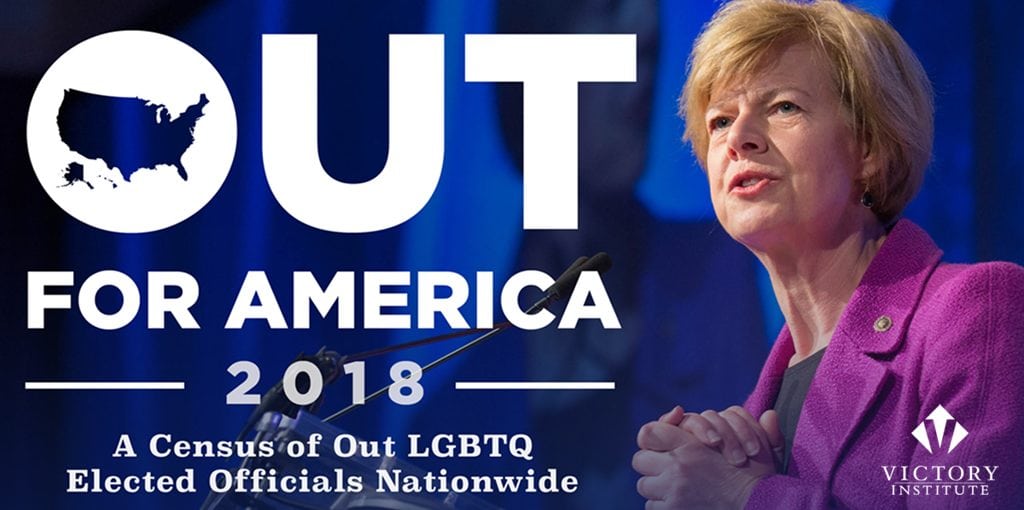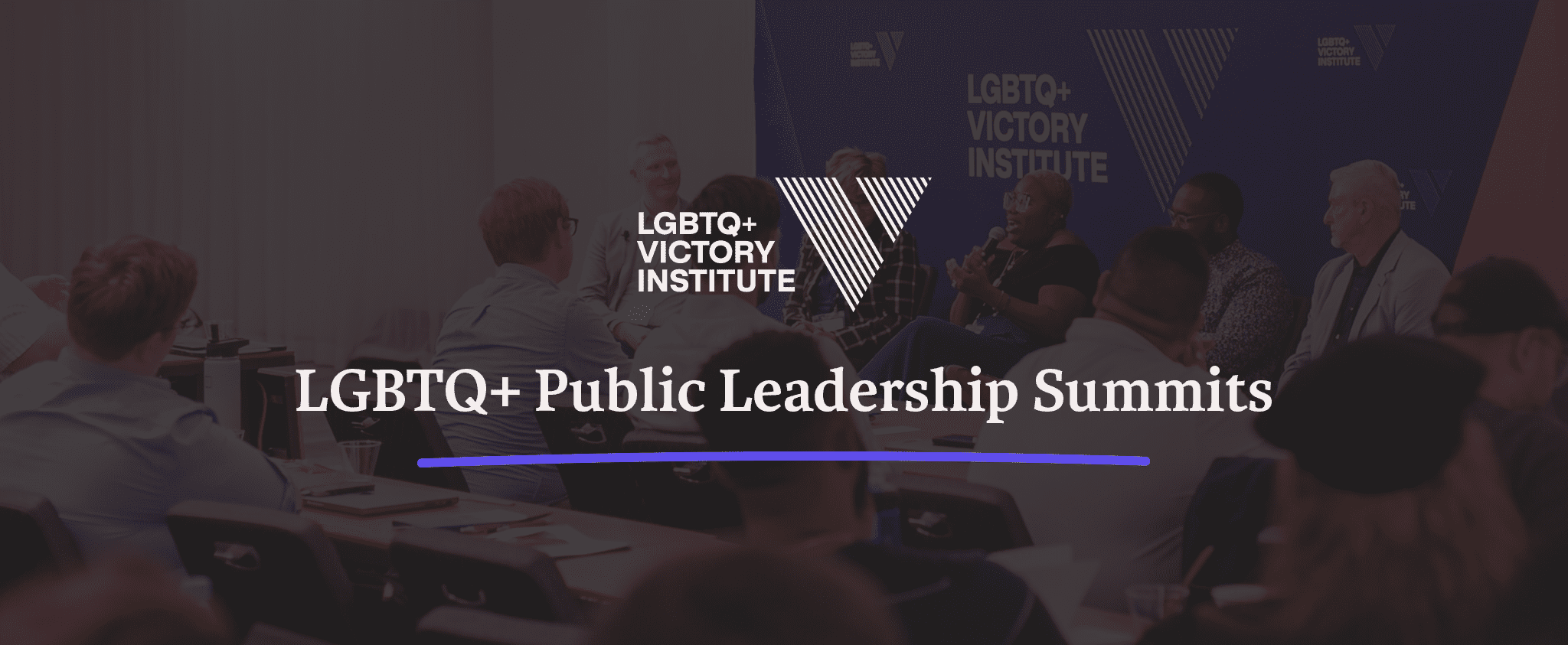LGBTQ women running for office win their elections at a significantly higher rate than LGBTQ men, according to a new analysis of Victory Fund election data with more than 1,160 candidates.
Over the past decade, Victory Fund-endorsed LGBTQ women won their races 70.3 percent of the time, compared to 60.9 percent for Victory Fund-endorsed LGBTQ men. The finding is significant given the disparity does not exist among women and men as a whole – with several studies showing women and men win elections at approximately the same rate.
That LGBTQ women outperform other candidates is a testament to the preparation and qualifications acquired by the time most LGBTQ women decide to run. LGBTQ women often delay running for office until they are more qualified and have more experience than potential challengers.
Women Underrepresented at All Levels
Although LGBTQ women win at higher rates when they run, they continue to be severely underrepresented in government because they run less often. LGBTQ women made up 31 percent of Victory Fund endorsees from 2007 – 2016, just 364 of the 1162 candidates endorsed.

This low rate of LGBTQ women running extends to women at-large – with women making up just 25 percent of candidates nationwide according to a Pew Research Center survey.
Therefore, LGBTQ women, and all women, remain severely underrepresented at all levels of government. Women hold just 19.3 percent of Congressional seats, 24.9 percent of state legislative seats and 20.7 percent of mayor’s offices, according to the Center for American Women and Politics. The Institute for Women’s Policy Research estimates that at the current rate, it will take until the year 2117 for women to achieve equal representation in Congress.
LGBTQ Women Shine
Yet the success of LGBTQ women in winning office when they do run is a hopeful sign for chipping away at the underrepresentation. LGBTQ women have been remarkably consistent in their win rates, with more stable year-to-year win rates than LGBTQ men.
This performance consistency across election years extends to election cycles where Democrats struggled at the polls. Although Victory Fund is non-partisan, the vast majority of its endorsed candidates are Democrats.
In the 2010 midterms, when Democrats at all levels lost hundreds of seats, LGBTQ women candidates won an astonishing 81 percent of races – 43 out of the 53 Victory Fund endorsed LGBTQ women candidates. LGBTQ men in 2010 won 57 percent of their races.
A similar trend is seen in 2014, another devastating year for Democrats, and the only year in our data when endorsed LGBTQ men lost more elections than they won (a 47 percent win rate). That year too, LGBTQ women were resilient: 39 of the 56 Victory Fund-endorsed women won their races, a 70 percent win rate.

Closing the Gap
To close the disparities between representation for LGBTQ women and LGBTQ men, and increase women representation in general, more LGBTQ women must be encouraged to run.
Both women and LGBTQ people are less likely to be encouraged to run for office by friends, family and political parties. Additionally, both women and LGBTQ people are less likely to feel qualified enough to run, even when they are just as qualified as straight cisgender men candidates. Women and LGBTQ people also need to be asked to run more times than cisgender straight men before they truly consider it. These issues are compounded when a woman is LGBTQ.
Yet by the time LGBTQ women decide to run, they are usually better qualified and have strong campaign plans. Which is why when they run, they win. LGBTQ women are essential to increasing representation of both LGBTQ people and women.
Download the full findings and analysis.
Interested in running for office? Learn more about Victory Institute campaign trainings and leadership summits on our partner organization’s website.


